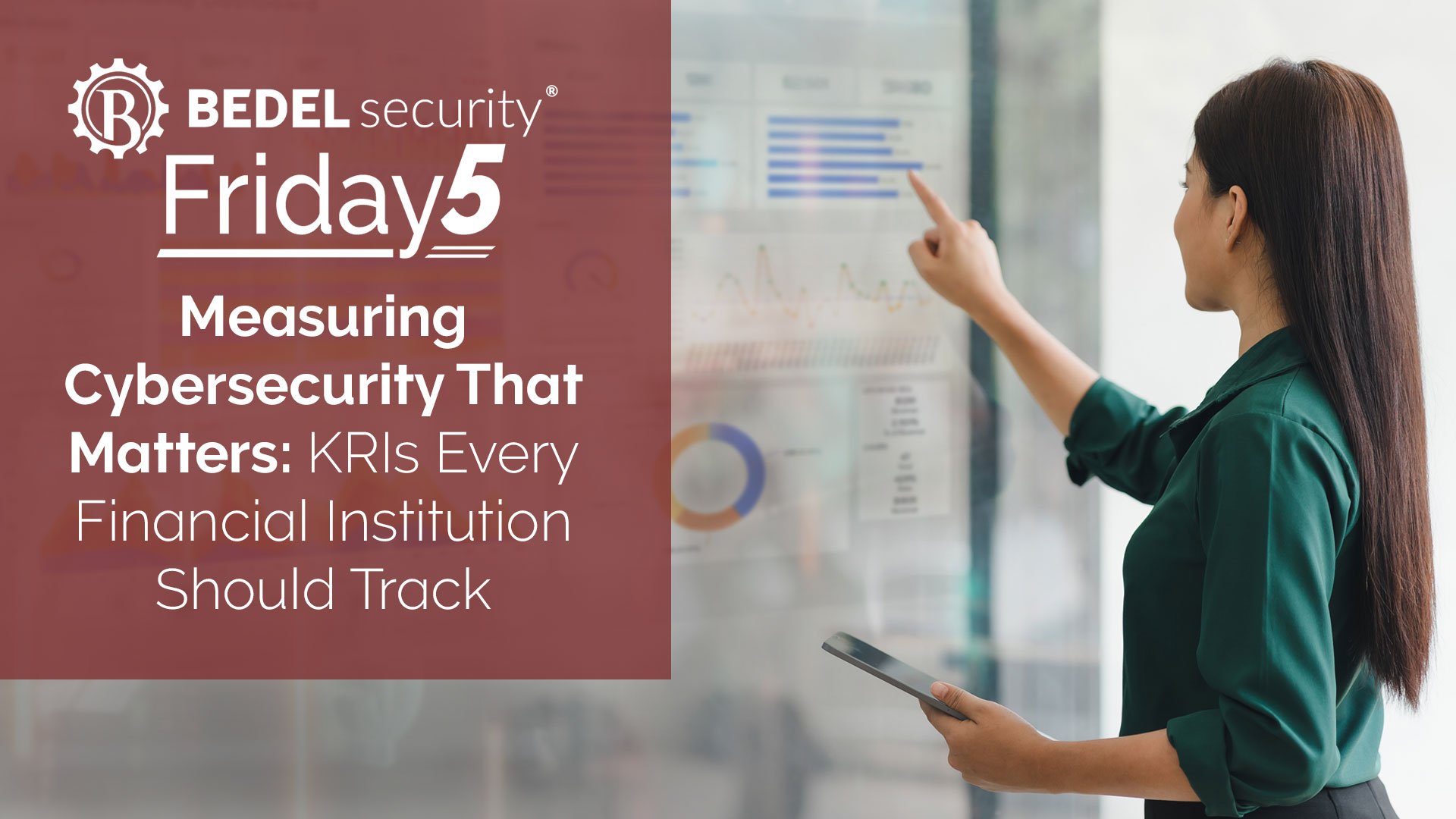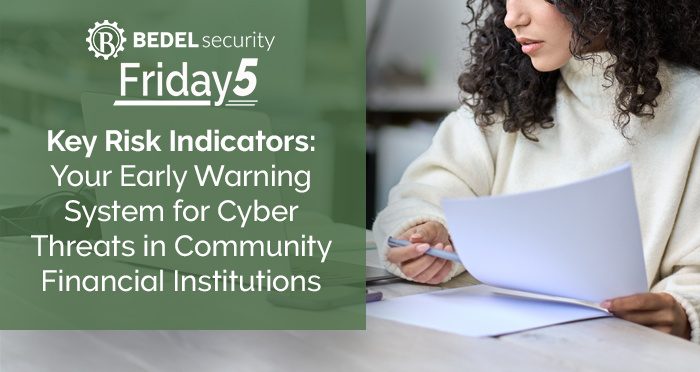Managing Bank-wide Change: Why Cybersecurity Should Lead the Conversation
Change is a constant in banking. Whether it’s rolling out a new digital banking platform, upgrading your core, or going through a merger, most banks...
2 min read
John Freerksen : Oct 24, 2025

For regulators, auditors, and your board, good cybersecurity isn’t just about having controls in place—it’s about proving they work. That’s where metrics and Key Risk Indicators (KRIs) come in. Without meaningful measurements, even the strongest security program can appear unorganized or underperforming.
Cybersecurity metrics transform technical work into measurable business outcomes. They help you answer the key questions your board and regulators are already asking:
The right KRIs give visibility, support smarter budgeting, and build confidence with regulators and examiners. More importantly, they show the entire organization— from IT to the boardroom—how secure your bank truly is.
Many smaller institutions struggle to define meaningful metrics. The most common pitfalls include:
A good cybersecurity dashboard should be understandable, actionable, and comparable over time.
A strong KRI program should include three core categories:
1. Preventive Controls – Reducing the Chance of an Incident
2. Detective Controls – Identifying Incidents Quickly
3. Resilience & Recovery – Limiting Business Impact
By aligning these categories with frameworks like the NIST Cybersecurity Framework, you can standardize reporting while demonstrating regulatory alignment.
Metrics only matter if they lead to action. Present cybersecurity data as trends, not isolated numbers. For example:
Trends show progress and help you justify continued investment. Dashboards and visual reports are especially effective—use simple, color-coded (Red/Yellow/Green) summaries to communicate risk levels at a glance.
Reports don’t need technical jargon—they need context. When presenting metrics reports should translate numbers into business impact (e.g., “Faster response times reduce potential customer disruption.”) They should also show year-over-year improvement to highlight ROI on cybersecurity investments.
Boards increasingly expect cybersecurity performance updates alongside financial performance. Tie your metrics to risk reduction and resilience metrics to bridge that conversation.
Many financial institutions begin measuring cybersecurity because regulators require it—but the most successful institutions use those measurements to drive strategy.
By consistently tracking and communicating the right KRIs, your bank can:
Cybersecurity metrics aren’t just numbers on a dashboard—they’re a reflection of how seriously your institution protects its customers, its data, and its reputation.
Start small, track what matters most, and evolve your measurements as your security program matures. Over time, your metrics will not only show compliance, but confidence—exactly what your customers and regulators expect.

Change is a constant in banking. Whether it’s rolling out a new digital banking platform, upgrading your core, or going through a merger, most banks...

In the financial world, predicting risk is like forecasting the weather—you need to know the signs of a brewing storm before it hits. For community...

In football, it’s often said that defense wins championships. The same principle applies to information security: the strength of your defensive...